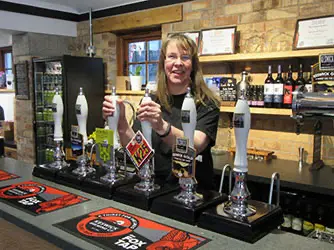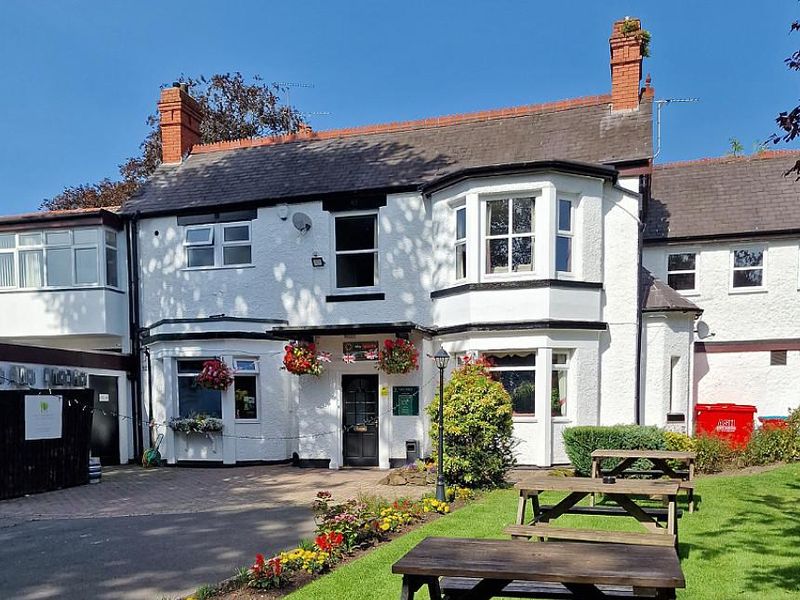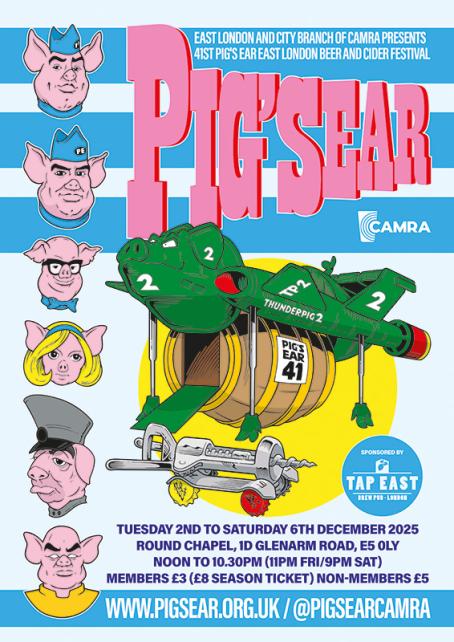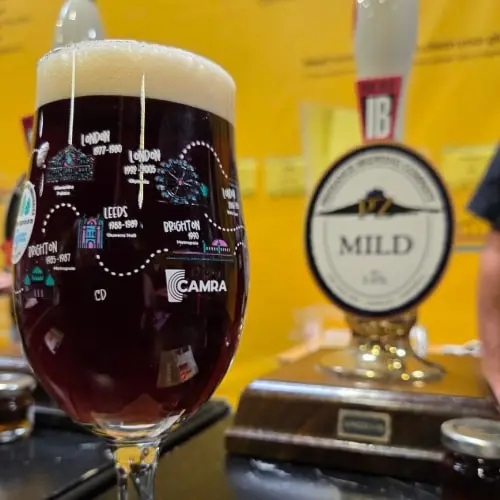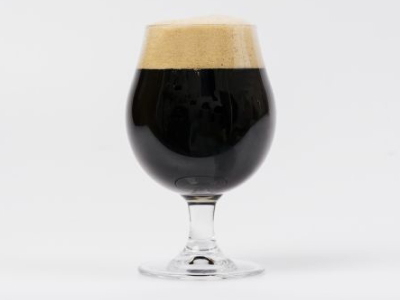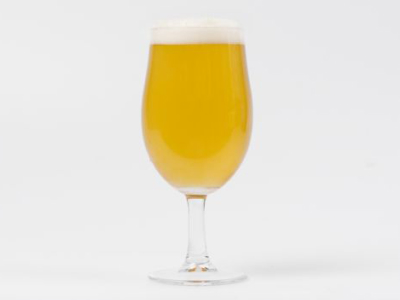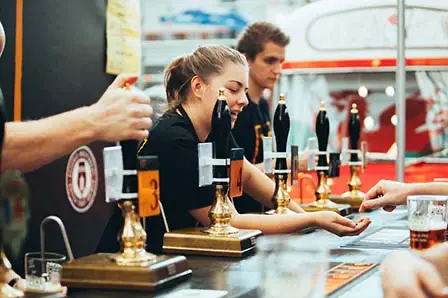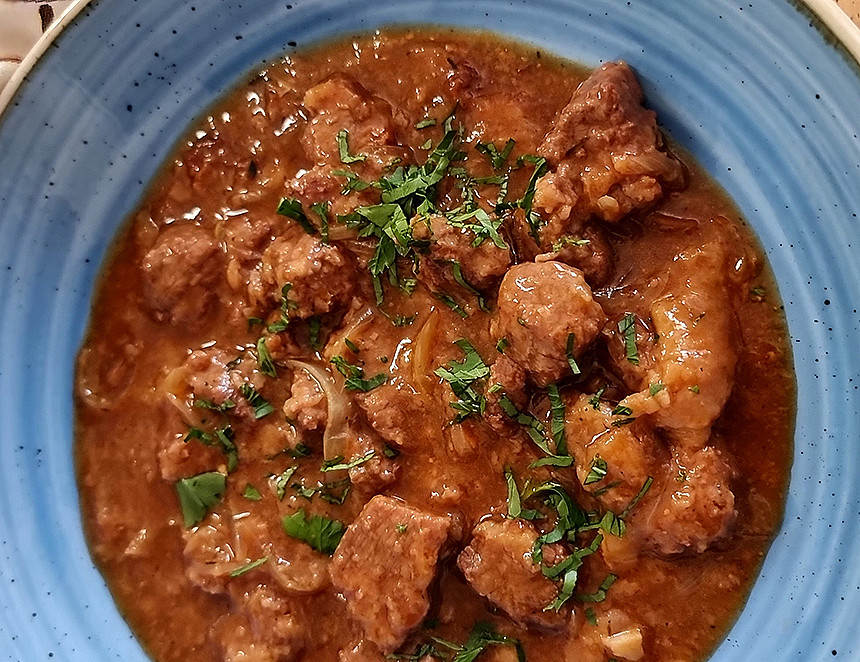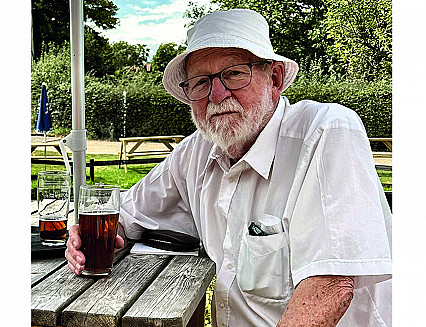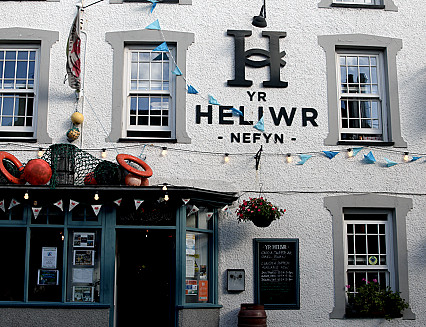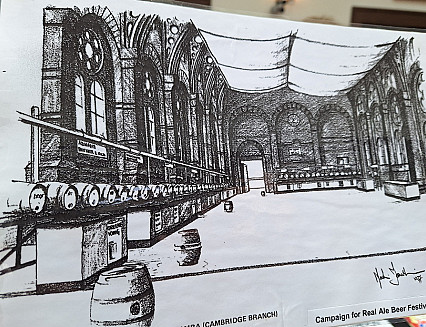When I first started writing recipes for What’s Brewing I made a list of the recipes I knew with beer as an ingredient. It was a pretty poor effort. Beef-and-ale pie and carbonnade à la flamande, which I could remember from a youthful trip to Belgium. Don’t get me wrong, there are lots of recipes you can use beer in, but not so many famous ones. So, I thought it was about time to pay homage to the second recipe on my list and to the only English-brewed Trappist beer.
Carbonnade, or stoofvlees if you are Dutch, is made from beef, slowly caramelised onions and beer, and it is thickened with bread. Using bread to thicken sauces is a really old-fashioned way of cooking. The secret in an authentic carbonnade is to spread the bread with mustard which adds a nice kick to the dish. Some regional Flemish recipes swap the bread for gingerbread or spiced speculaas biscuits, others call for a spoon of sirop de Liège, a fruit-based jelly made from apples or pears to balance the beer with a touch of sweetness. In East Flanders prunes are added to the same effect. I have added a spoon of redcurrant jelly as an alternative.
You can make your carbonnade with any quality Belgium beer, but I choose a particular special brew for my version. Tynt Meadow (7.4 per cent ABV) from Mount St Bernard Trappist brewery. Trappist ales have a proud and unique brewing heritage. They must be brewed in a monastery or abbey and the brewing supervised by monks who live by St Benedict’s rule. Currently there are 10 accredited Trappist beer producers in the world mainly in Belgium and Holland. The most famous are Chimay, La Trappe, and Orval.
Mount St Bernard Abbey is set in rural Leicestershire not too far from the home of British brewing, Burton-on-Trent. Tynt Meadow was made with help from local brewers as well as monks from other Trappist breweries and marries centuries old traditions with English barley, hops, and a unique yeast strain. The resulting full-bodied beer is a rich mahogany colour with a creamy, caramel-coloured head. Double fermented, there are flavours of dried fruits and figs balanced with peppery spice and bitter notes of coffee and chocolate and a pleasant tartness followed by a smooth, dry, if alcoholic, finish.
Traditionally carbonnade is served in restaurants with fries, mashed potato or stoemp, a thick puree of potatoes, root vegetables, bacon and cream.
Carbonnade à la flamande
1kg diced stewing steak,
3 large onions, peeled and finely chopped
1 bottle Tynt Meadow
500ml good quality beef stock
4 thick slices French bread
100ml olive oil
1tbs Dijon mustard
1tbs redcurrant jelly
1tbs red wine vinegar
1 bay leaf
1 sprig fresh thyme
Sea salt and freshly ground black pepper
Heat the half of the oil in a large heavy-bottomed frying pan and brown the stewing steak in batches. Transfer to a large pan with a well-fitting lid. Deglaze the pan with a good splash of beer and a stir with a wooden spoon. This loosens any sticky caramelised residue in the pan. Pour over the beef.
Wipe the frying pan clean and add the remaining oil. Cook the onion slowly until a nutty brown colour stirring occasionally to prevent sticking. Add the onions to the beef with the herbs, redcurrant jelly, vinegar and the rest of the beer. Add enough beef stock to generously cover and season.
Spread the mustard over the bread and pop these into the pan, mustard side down. Bring the pan to a gentle simmer and cover with the lid. Cook for two to three hours until the beef is cooked and tender. Stir regularly to prevent sticking and add a little extra stock if the sauce becomes too thick. Remove from the heat, carefully take out the thyme and bay leaf, check the seasoning and serve.
